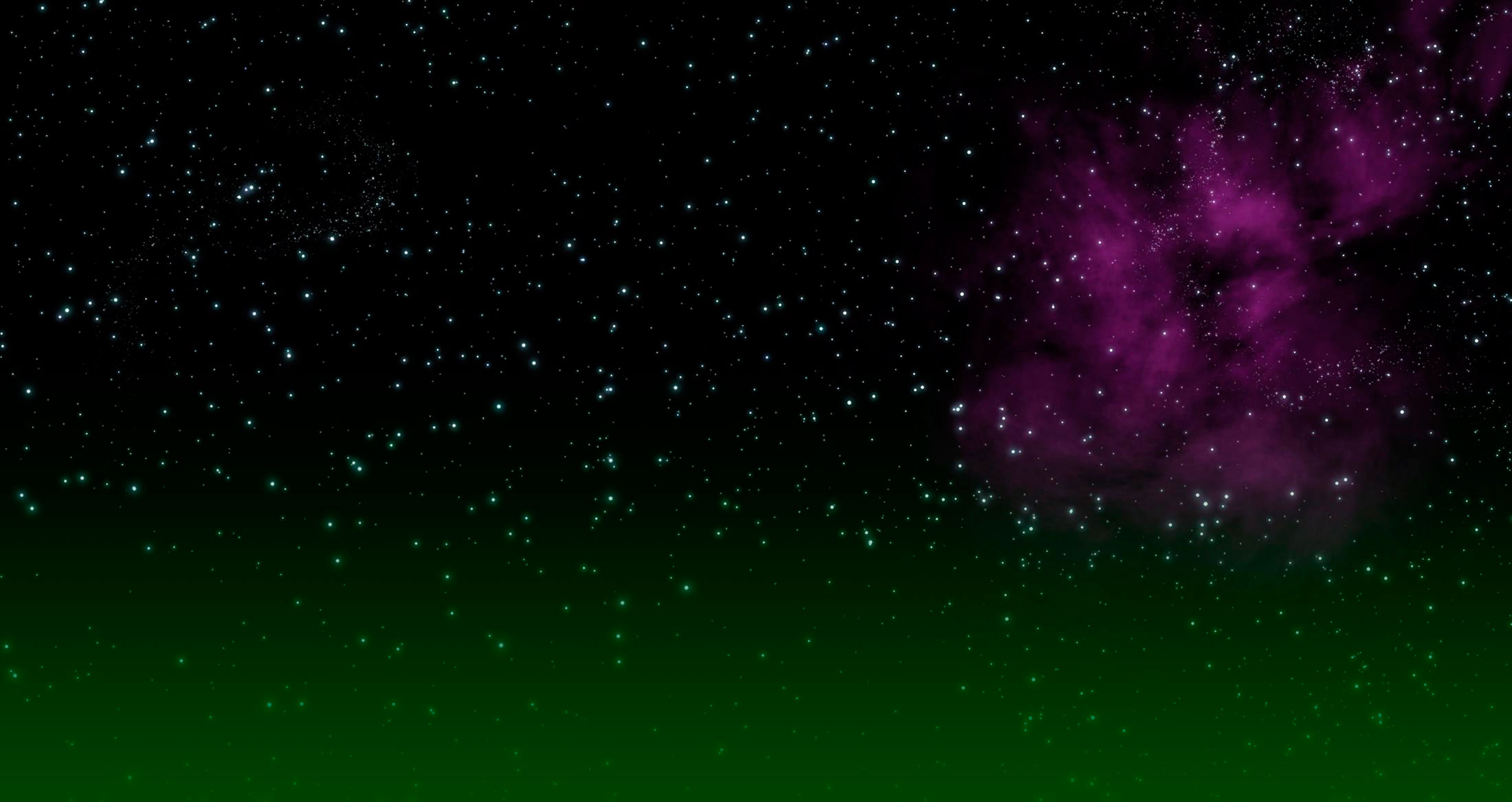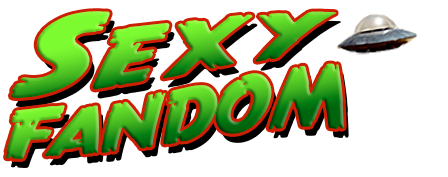A rave party, more often just called a rave, also called renegade parties, is typically an all-night dance event where electronic dance music and rave music are played, usually by a DJ. The term rave was originally used by peoples of Caribbean descent in London during the 1960s to describe a party. It was then appropriated in the late 1980s by journalists to describe the party phenomenon that grew out of the acid house movement. The term rave tended to be used with a negative connotation by British newspapers, particularly tabloids, to discourage the growth of the dance gatherings.
Mainstream raves began in the mid-to-late 1980s as both a product of and a reaction against the increasingly commercial, alcohol and meat-market oriented nightclub scene and Hollywood-monopolized radio airplay.
In an effort to maintain some distance and secrecy from the mainstream club scene, or perhaps because of a lack of venues for the genre of music, most raves were (and a few continue to be) held in places like warehouses, rental halls, and outdoor locations. However, with the government crackdown of raves of this type (using arcane “crack house” laws to shut many raves down), the scene has begun to establish itself in the legal venues of dance clubs with great success.
Early raves were completely DIY, where only one or a handful of people created a production/promotion crew of sorts. This crew was usually self-promotional, with names such as Brotherhood of Boom, Mushgroove, or Pure, and did everything from creating fliers for dispersement, to renting sound and light equipment and securing the rave venue (illegal or otherwise). As law enforcement began to disrupt raves, the secrecy became very elaborate, where one flier would give directions to a location where only at this location would actual directions to the rave be given. Business savvy promoters would also have the first meeting point be for ticket sales as well as directions, so that all would not be lost should the rave get busted up by authorities.
What could arguably be called raves existed in the early 1980s in the Ecstasy-fueled club scene in Texas and in the drug-free, all-ages scene in Detroit at venues like The Music Institute. However, it wasn’t until the mid-to-late 1980s that a wave of psychedelic dance music, most notably Acid House and techno, emerged and caught on in the clubs, warehouses and free-parties of London, England. Police crackdowns on these often-illegal parties drove the scene into the countryside. The word “rave” (perhaps from “rave-up”)somehow caught on to describe these semi-spontaneous weekend parties occurring at various locations outside the M25 Orbital motorway.
The early rave scene flourished underground simultaneously in the United Kingdom and some US cities such as San Francisco (home of the seminal and still-legendary Toontown cyber-warehouse parties) and Los Angeles, especially places where groups of British expatriates had set up shop. As word of the budding and still quite underground scene spread, raves quickly caught on in other cities such as San Diego and New York City (home of the legendary 1992 Storm Raves, organized by DJ Frankie Bones), and in major urban centers across the European continent.
Although raves were happening with increasing frequency in the U.S., the rave scene developed primarily in the UK and western Europe until around 1991 – 1992, at which point it became a much more global phenomenon.
The spread of raves was initially grassroots only; people who had traveled to attend the first raves in each region began setting up promotion companies, often informally, in order to organize their own parties — mirroring, in rural areas and smaller, less cosmopolitan cities, the relatively urban scene with which they had become enamored. By the mid-1990s, rave culture became tainted by mainstream commercial interests, with major corporations sponsoring events and adopting the scene’s music and fashion for their “edgier” advertising.
In 1994, the UK’s Criminal Justice Bill was passed as the Criminal Justice and Public Order Act which contained several sections designed to suppress the growing free-party and anti-road protest movements (sometimes characterized by ravers and travellers).
Sections 63, 64 & 65 of the Act targeted rave music, defining it as ‘wholly or predominantly characterised by the emission of a succession of repetitive beats’. These sections give powers of arrest to police if they suspect people are preparing to hold a rave (2 or more people); waiting for a rave to start (10+); actually attending a rave (10+). Section 65 lets any uniformed constable who believes a person is on their way to a rave within a 5-mile radius to stop them and direct them away from the area – failure to comply can lead to a maximum fine of £1,000.
By the late 1990s, the rave scene achieved near-mainstream status, and its growth seemed to stabilize. In the early 2000s, the number of illegal parties was seen to be in decline, and the number of sanctioned events to be on the rise. Like all fashionable trends and social movements, the rave scene is still undergoing change, still finding its way towards becoming a widely-acknowledged fixture in youth culture. The few constants in the scene include amplified electronic dance music, a vibrant social network built on the ethos of PLUR, percussive music and freeform dancing as a basis for altered states of consciousness, and a love-hate relationship with so-called club drugs such as Ecstasy and LSD. (via Wikipedia)
No tags for this post.










